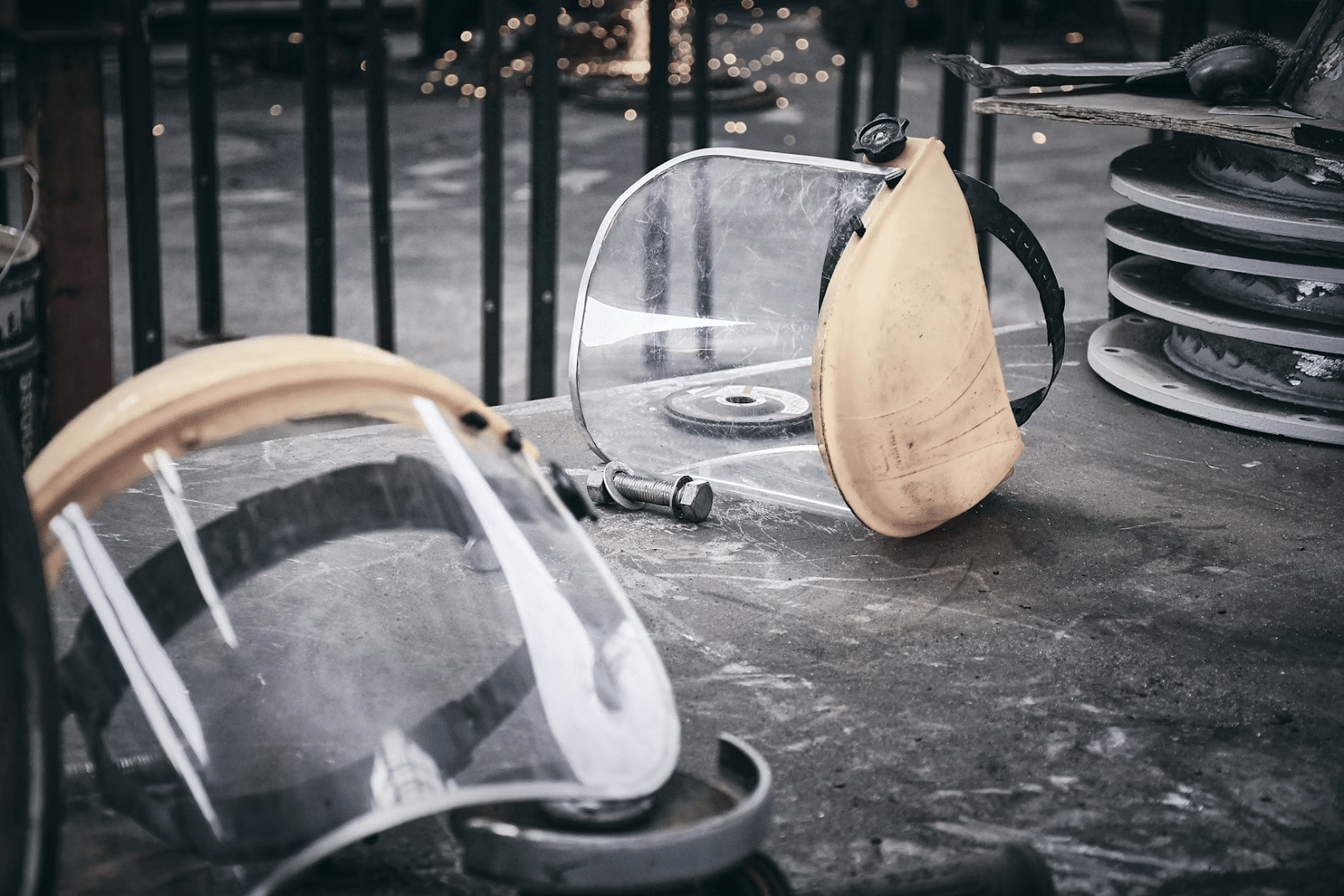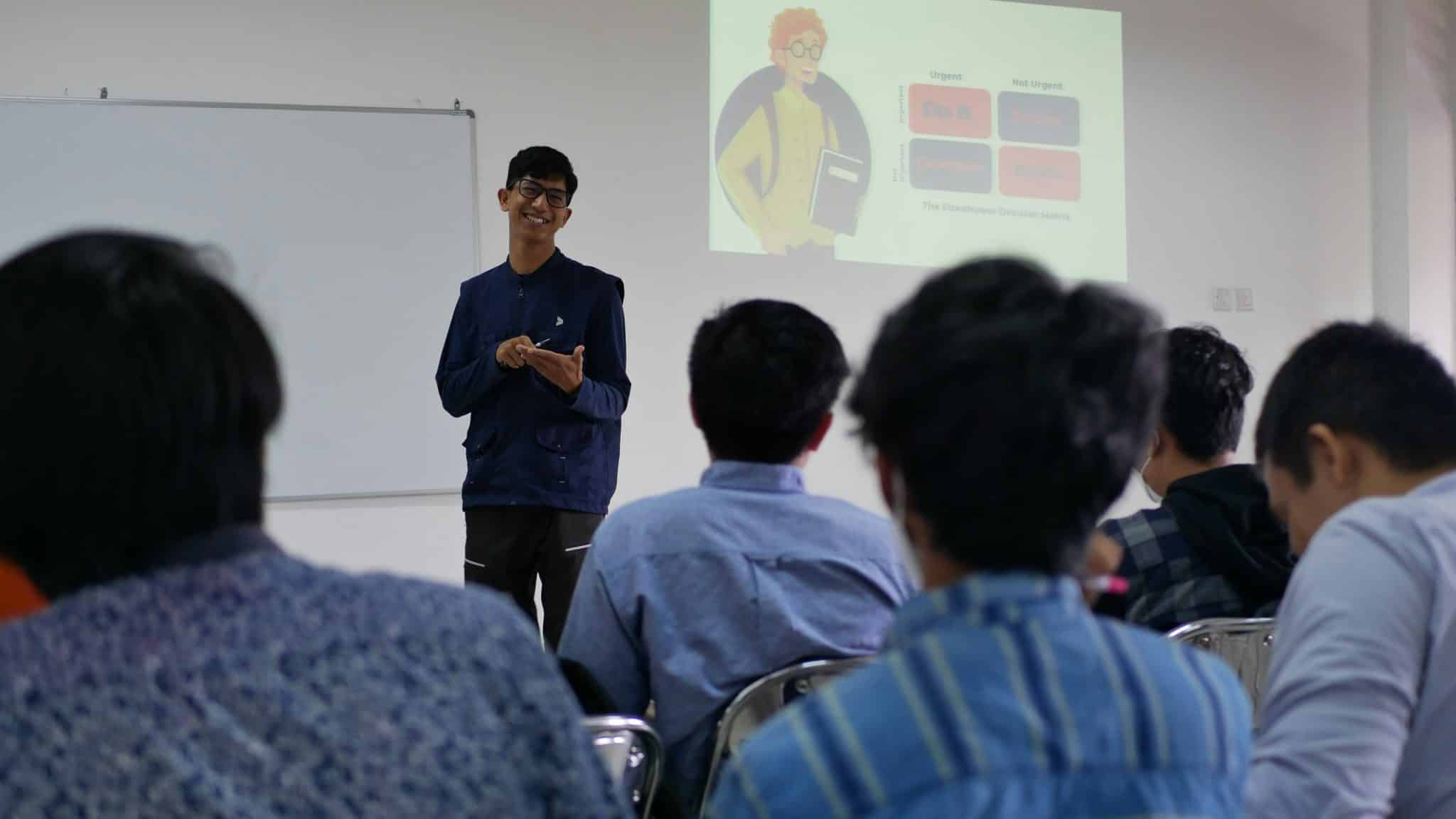The Ultimate Guide to Clean Energy Solutions: Everything You Need to Know


As the world faces climate challenges, people seek ways to reduce pollution and reliance on fossil fuels. Clean energy offers a way – all while protecting the environment. Embracing clean energy can lead to a healthier planet and a more sustainable future for everyone.
If this got you curious, read on. Below, we’ll talk about everything you need to know about clean energy solutions.
Types of Clean Energy
Clean energy comes in various types, each with unique benefits. These energy sources harness natural elements, such as sunlight, wind, and water.
Learning about these types can help people understand how they work and how they can be used in daily life. Let’s explore the main types of clean energy and see how they contribute to a sustainable future.
Solar Power Basics
Solar power uses sunlight to create electricity. The solar panels capture sunlight and convert it into energy that can power homes and businesses. This clean energy source is renewable, meaning it won’t run out as long as the sun shines.
Many people choose solar power to save money on energy bills and reduce their carbon footprint. Installing solar panels can be a great step toward a greener future.
Wind Energy Explained
Wind energy uses the wind to generate electricity. Tall towers with blades, called wind turbines, capture the wind’s movement and convert it into energy. This clean energy source is renewable and can power many homes and businesses.
Wind energy solutions help reduce pollution and dependence on fossil fuels. As a result, it plays a vital role in creating a sustainable future. Many regions are now using wind energy to meet their energy needs.
Hydropower Overview
Hydropower uses flowing water to create electricity. It works by capturing the energy from rivers and streams.
Dams are often built to store water, which flows through turbines to generate power. This process produces clean energy and helps reduce pollution.
Hydropower is a reliable source of renewable energy that can provide power to homes and businesses. Many countries use hydropower to support their energy needs and promote sustainability.
Benefits of Clean Energy
Clean energy offers many benefits for people and the planet. These energy sources help reduce pollution and lower energy costs. They also create new job opportunities and promote a healthier environment.
Understanding the benefits of clean energy can inspire people to make better choices. Let’s look at the positive impacts clean energy can have on our lives and communities.
Reduces Pollution
Clean energy helps reduce pollution in the air and water. Traditional energy sources, such as coal and oil, release harmful gases and waste.
In contrast, clean energy sources produce little to no emissions. This leads to a healthier environment for everyone.
By using clean energy, we can improve air quality and protect ecosystems. Reducing pollution also helps prevent health problems in people and animals. This makes our communities safer and cleaner.
Lowers Energy Costs
Clean energy can lower energy costs for homes and businesses. Many clean energy sources, such as solar and wind, have low operating costs once set up. Over time, people can save money on their energy bills.
Additionally, using clean energy can reduce dependence on imported fuels, which can be expensive. As more people adopt clean energy, the costs may drop even further. This makes it a smart financial choice for everyone.
Promotes Job Growth
Clean energy creates many new job opportunities. As more people use renewable energy, companies need more workers.
They need staff to build and maintain systems like solar panels and wind turbines. These jobs are available in different fields, such as manufacturing, engineering, and installation.
Communities can benefit from this job growth. Investing in clean energy helps the planet and provides work for many people.
How Clean Energy Works
Clean energy works in different ways to produce power. Each method has its process and technology.
Understanding how clean energy systems function helps people see their potential. These systems can provide reliable power while being good for the environment.
Energy Generation Process
Clean energy generation involves turning natural resources into electricity. Each type of clean energy has its way of producing power.
For example, solar panels use sunlight, while wind turbines capture wind. Water is used in hydropower to create energy from flowing rivers. Understanding these processes helps us see how clean energy can meet our power needs.
Storage Solutions
Storage solutions play an important role in clean energy systems. Since sunlight and wind are not always available, people need to store energy for later use.
Batteries commonly store energy generated by solar panels and wind turbines. These batteries hold electricity until someone needs it, ensuring a steady power supply.
Proper storage helps balance energy demand and keeps homes and businesses powered. This applies even during calm or cloudy days.
Grid Integration
Grid integration connects clean energy sources to the power grid. This process lets solar panels, wind turbines, and other clean sources send electricity to homes and businesses.
A strong grid ensures that people can access energy when they need it. It also helps balance the supply and demand for power.
With better grid integration, more clean energy can flow into the system. This supports a greener future for everyone.
Choosing Clean Energy Solutions
Choosing clean energy solutions requires careful thought. Many options are available, and each has its benefits.
People need to consider their specific needs, costs, and local resources. By making informed choices, they can find the best solutions for their needs.
Assessing Your Needs
Assessing your needs helps you choose the right clean energy solution. First, think about how much energy your home or business uses. Look at your energy bills to see your average usage.
Next, consider your location. Some areas get more sunlight or wind than others.
Finally, decide if you want to install equipment, such as solar panels, or join a community energy program. Knowing your needs helps you make a smart choice.
Comparing Options
Comparing options is important when choosing clean energy. Look at different types, such as solar, wind, and hydropower.
Each option has its costs and benefits. Many people find they can save with solar energy.
Check if local programs or incentives can help lower costs. Consider installation, maintenance, and how much energy each option can provide. Comparing these factors will help you make a good choice.
Finding Local Providers
Finding local providers is an important step when choosing clean energy. Start by searching online for companies that offer solar, wind, or hydropower options in your area. You can also ask friends and family for recommendations.
Many communities have programs that support clean energy use. Make sure to compare prices and services. This will help you find the best choice that fits your needs and budget.
Overcoming Challenges
Taking action on clean energy can lead to positive change. Many people want to contribute to a cleaner environment and lower energy costs.
By making small choices, individuals and communities can have a big impact. It is important to understand how to implement clean energy solutions effectively.
Cost Concerns
Cost concerns often stop people from choosing clean energy. Some worry about the upfront costs of solar panels or wind turbines. Even though these options can save money over time, the initial investment can be high.
People may also think about costs related to installation and maintenance. Knowing these costs helps families and businesses understand their options. This way, they can choose clean energy solutions that fit their budgets.
Technology Barriers
Technology barriers can make it hard for people to choose clean energy. Some may not understand how to use new systems, such as solar panels or wind turbines. Others might worry about how to install and maintain them.
Limited access to the latest technology can also be a problem in some areas. Overcoming these barriers is important. It helps people feel more confident in using clean energy solutions in their homes and businesses.
Policy Issues
Policy issues can affect how people use clean energy. Government rules and laws can support or limit clean energy choices.
Some places have strong programs that encourage the use of solar or wind power. Others may not have helpful policies in place. People may also face challenges with permits and regulations.
Knowing about these policies helps everyone take action to support clean energy. This creates a healthier environment for everyone.
The Future of Clean Energy
The future of clean energy looks bright and full of potential. More people are becoming aware of the need for sustainable options. This shift will drive innovation and growth in clean energy technologies.
New advancements in solar and wind energy will improve efficiency. These technologies will become more affordable and accessible for everyone. As clean energy sources grow, they will play a larger role in reducing pollution.
Governments and communities will also push for cleaner options. Stronger policies can support the development of renewable energy. These efforts will lead to a cleaner and healthier planet for future generations.
You Can’t Go Wrong With Clean Energy Solutions Nowadays
Clean energy solutions play a key role in building a better future. They help reduce pollution and save money while creating new jobs. As more people learn about these options, the demand for clean energy will grow.
Embracing these solutions can lead to a healthier planet for everyone. Together, we can make a positive impact and create a more sustainable world.









